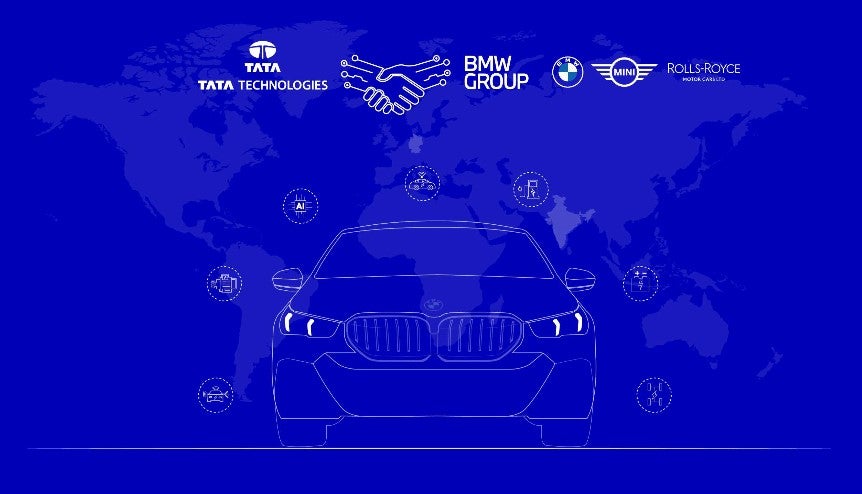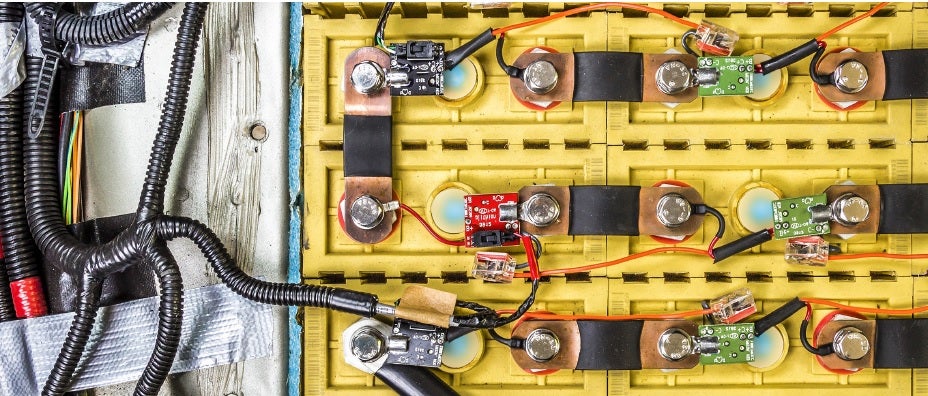
Why has there been such an explosion in demand for software testing?
Both the variety and complexity of software have increased at the same time. The level of diversity within our industry today is unprecedented, with more vehicle models than ever before, coupled with a wider choice of propulsion architectures. The complexity of software development has increased as a direct consequence of the electrification and hybridisation of new and existing platforms.
How urgent is the situation?
The growth in demand is genuinely exponential. For example, Honda recently suggested that the expected workload in software development will have doubled between 2017 and 2023, and will double again by 2025. Within our own company, we have seen the number of A-Samples we are requested to build and test increase from typically around five to ten to as much as 60 due to increasing model variations and globalisation.
How can it be resolved?
The goal for the industry is to achieve a higher level of system maturity on the test bench prior to costly in-vehicle testing. Traditional rig testing is based on steady-state operating points that do not fully represent real-world use, which restricts the achievable maturity. Often the first time the software and the hardware are subjected to real-world use cases and transients are in a prototype vehicle. This can mean that undesirable interactions at the whole vehicle level are frequently not discovered until a late stage of the program. It is much more cost-effective to find and eliminate issues in a test rig than in a prototype vehicle.
How well do you really know your competitors?
Access the most comprehensive Company Profiles on the market, powered by GlobalData. Save hours of research. Gain competitive edge.

Thank you!
Your download email will arrive shortly
Not ready to buy yet? Download a free sample
We are confident about the unique quality of our Company Profiles. However, we want you to make the most beneficial decision for your business, so we offer a free sample that you can download by submitting the below form
By GlobalDataThe solution is to bring more ‘real-world use case’ representative testing to the test rigs, by coupling transient capable facilities with real-time vehicle simulation. We call it a Rig-In-The-Loop (RIL) approach and it essentially acts as a virtual prototype.
What are the benefits of this approach?
The primary benefit is that the system is subjected to much more realistic testing. For example, instead of following fixed, pre-determined test cycles, the real software and EDU hardware can be connected to a virtual vehicle then driven around an array of drive cycles and environments such as city centres, highways or alpine routes. The system can be exercised by a variety of real-world interactions which affect the vehicle that wouldn’t necessarily be highlighted in traditional discrete-point type test cycles. These can include exposure to conditions such as split-mu surfaces, variable traffic conditions or even different driver behaviour patterns.
A second benefit arises because the same hardware is often used by the OEM across a family of related models so, when derivatives are tested, the rig stays the same and only the virtual vehicle model changes. Furthermore, the levels of instrumentation, repeatability and automation achieved on a rig are difficult to match with a vehicle being tested on a track.
Additional logistical benefits have been highlighted, particularly over the last 18 months with restrictions placed on global travel. RIL testing enables the vehicle to be evaluated virtually in the mountains of Colorado, on the autobahns of Germany or through the centre of Shanghai, without leaving the convenience of the test facility. This not only reduces the time and cost of deploying resources to different territorial locations but also avoids testing delays due to fluctuations in weather conditions.
How far has the industry progressed along this path?
We know that several OEMs are using this approach and one of our large Tier 1 customers has recently commissioned a new facility to do this very thing. As simulation becomes increasingly familiar and trusted, we believe the industry will move rapidly towards rig-based testing based on “real-world use cases” and this will even form a part of the final validation process. The critical factor is understanding where to build high levels of accuracy into the models, for good correlation, and where compromises can be made, for efficiencies in time and cost.
With such an avalanche of test requirements hitting our industry, the combination of simulation and transient rigs is the only cost-effective and timely way to meet the demand.





